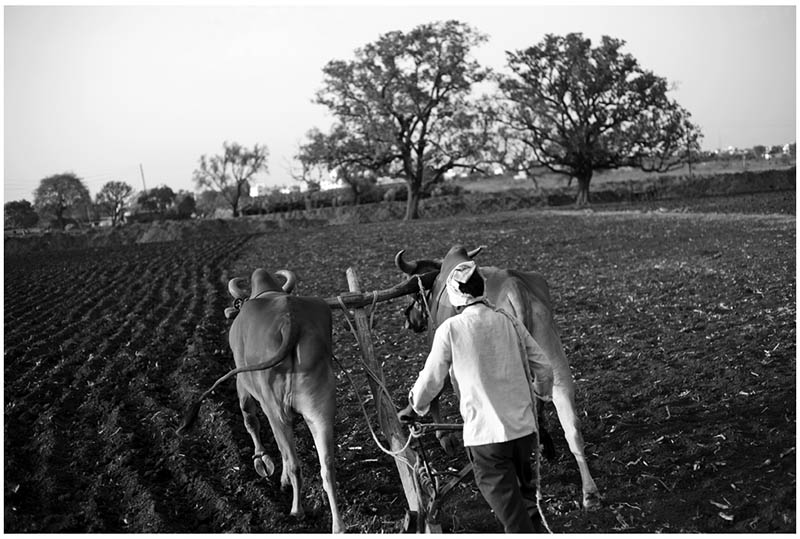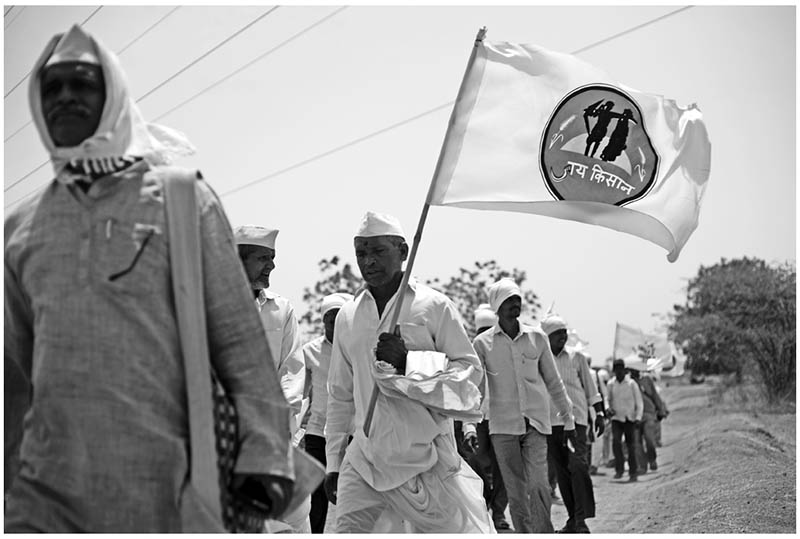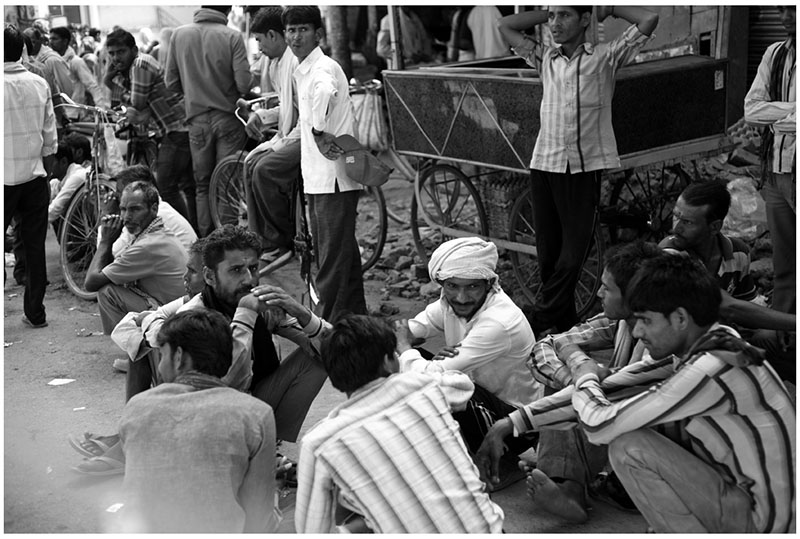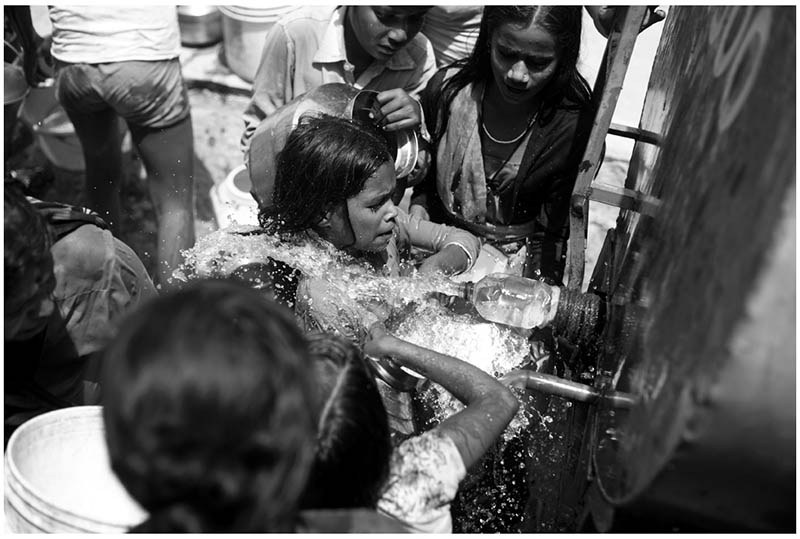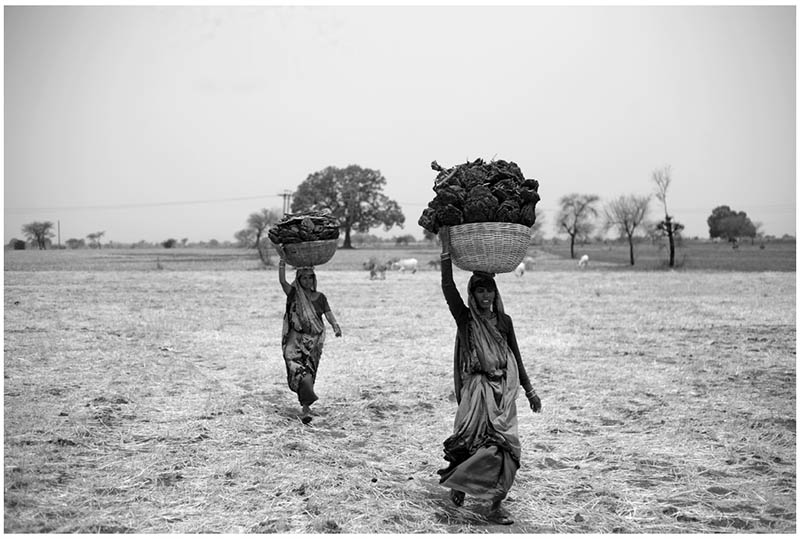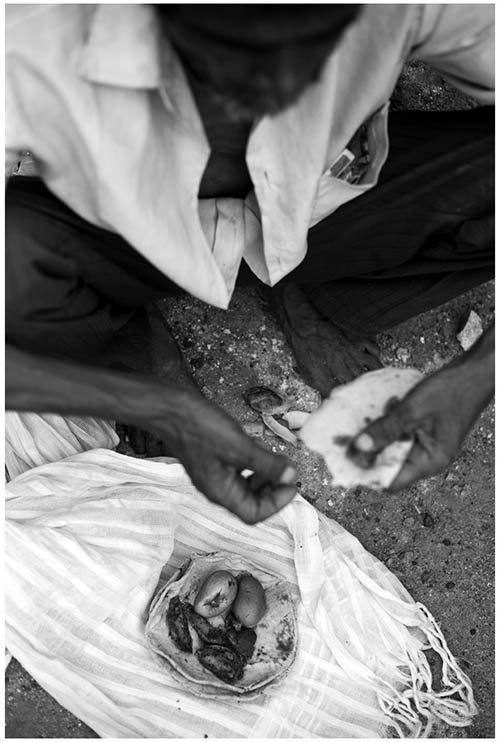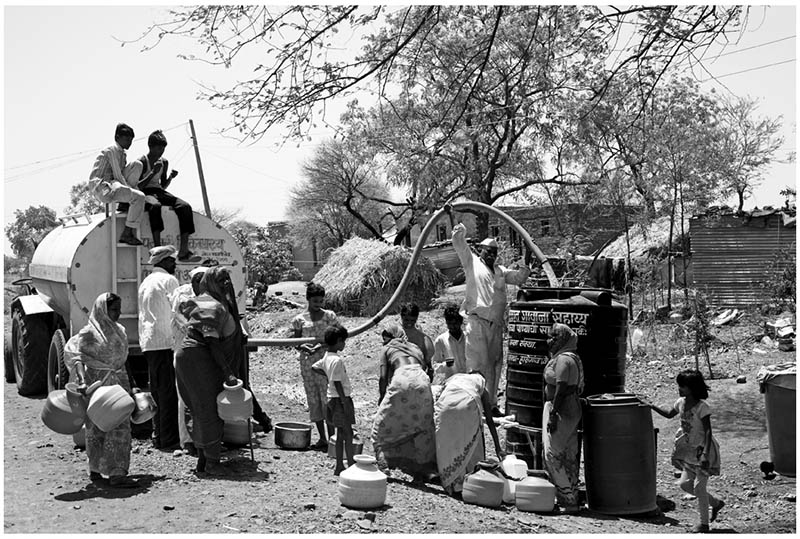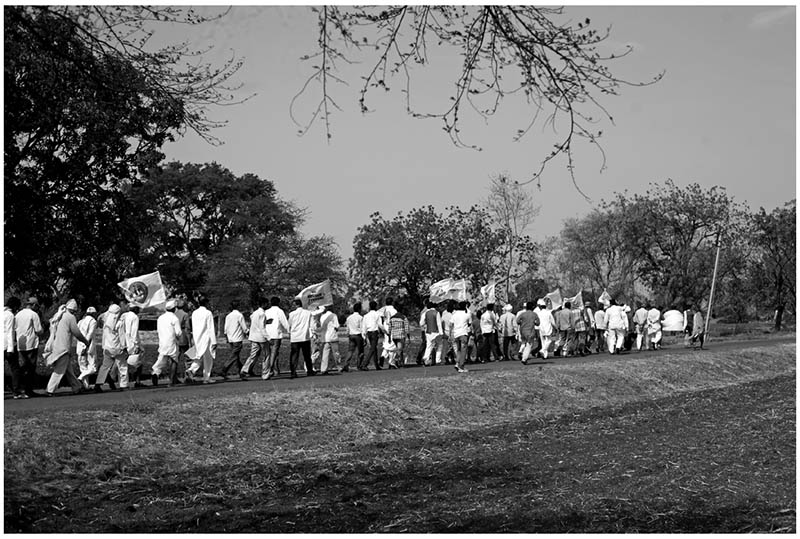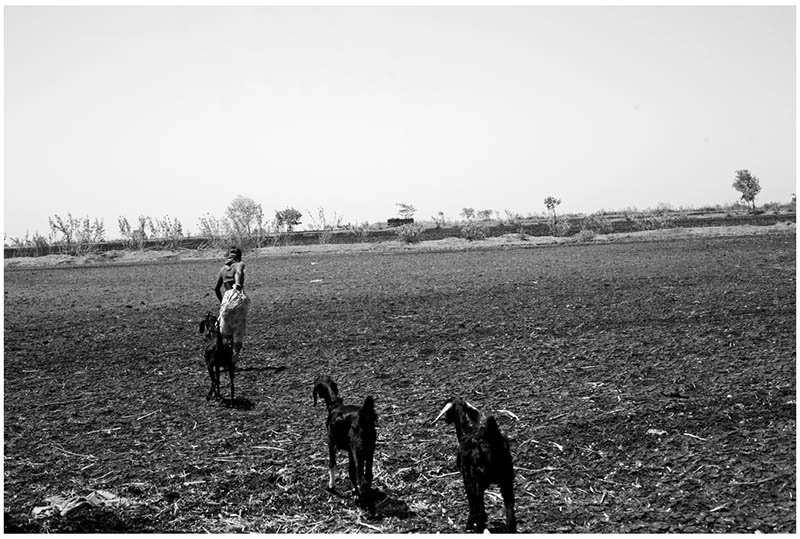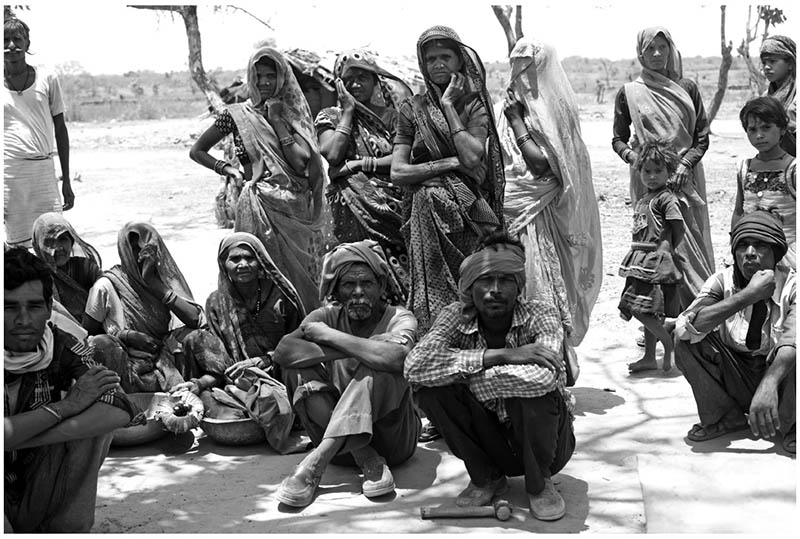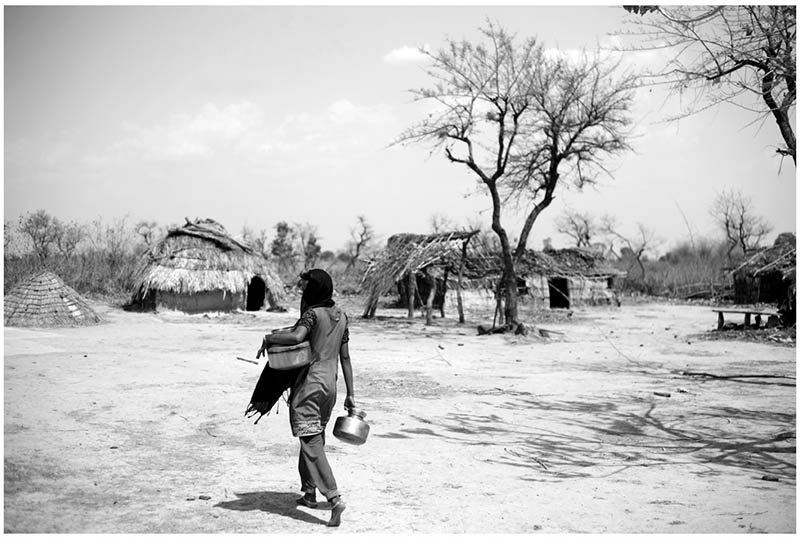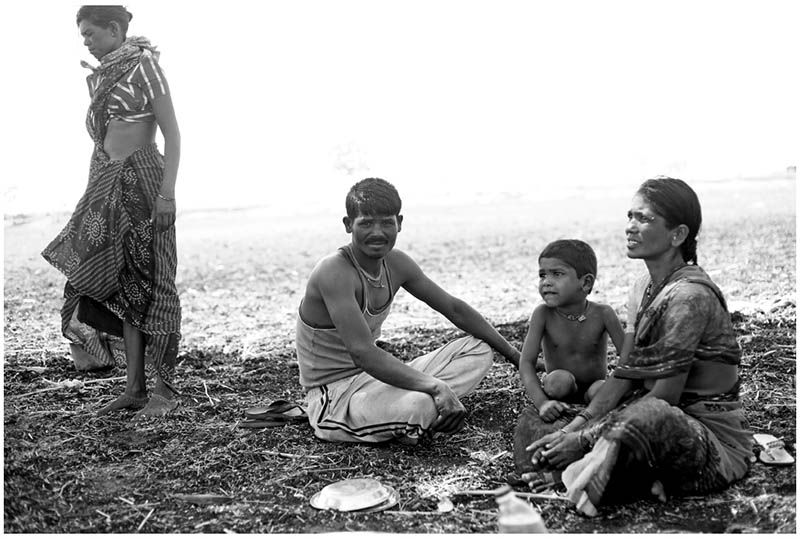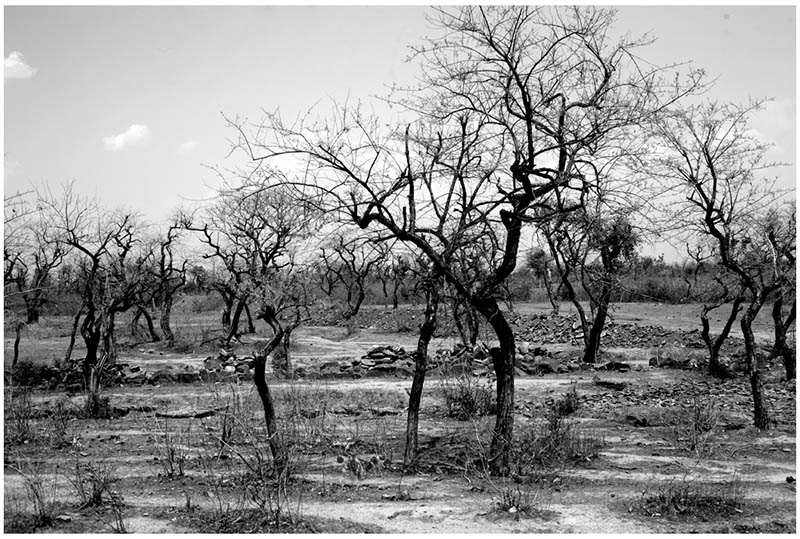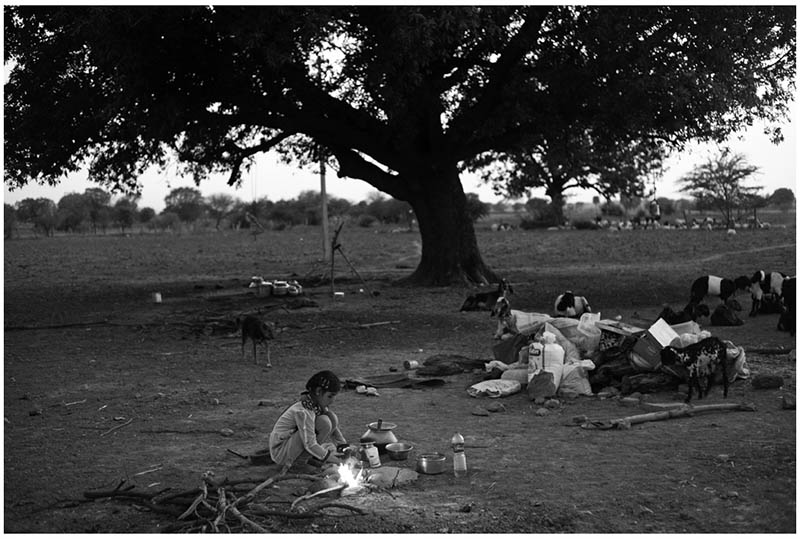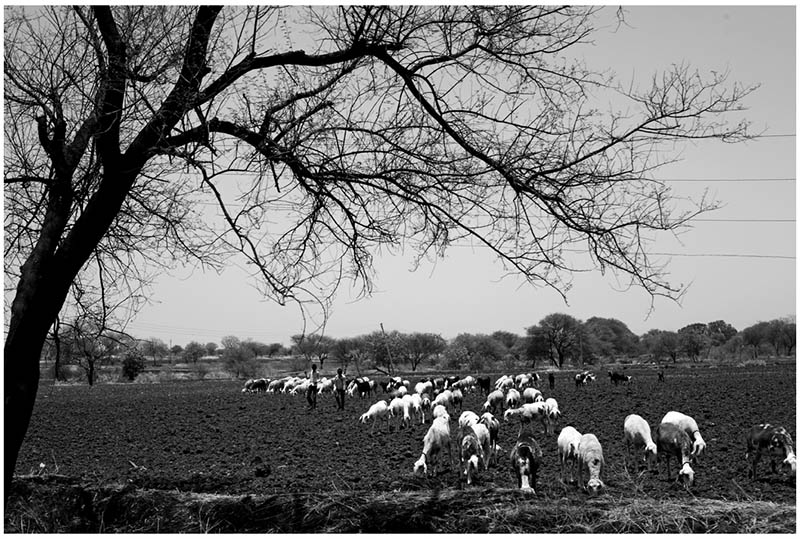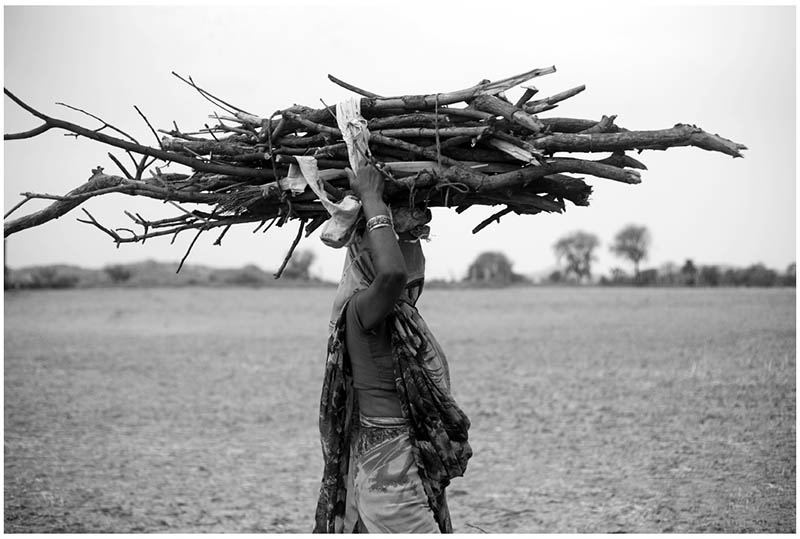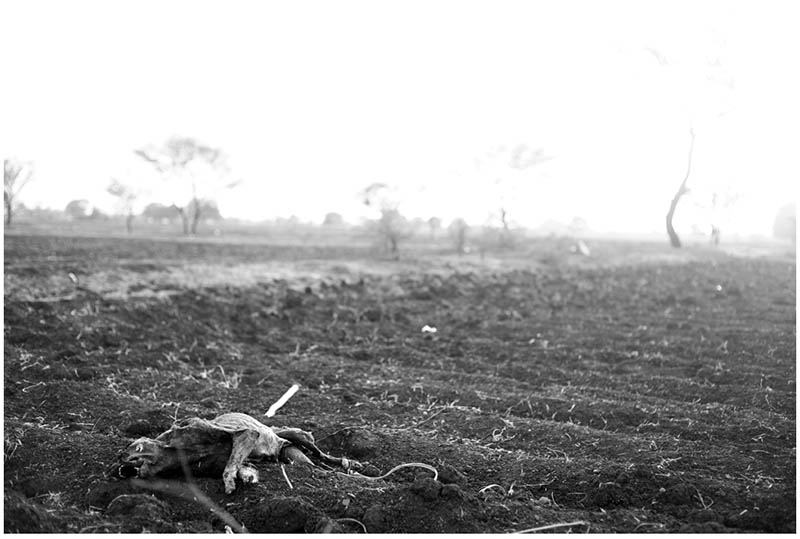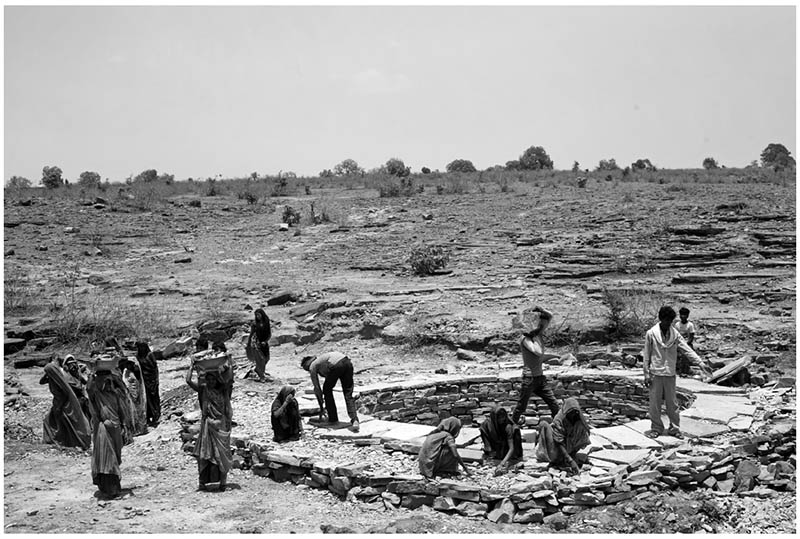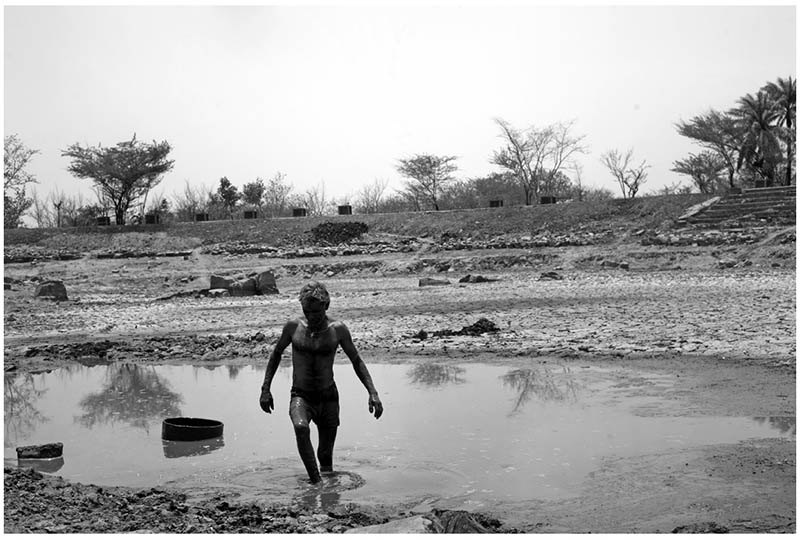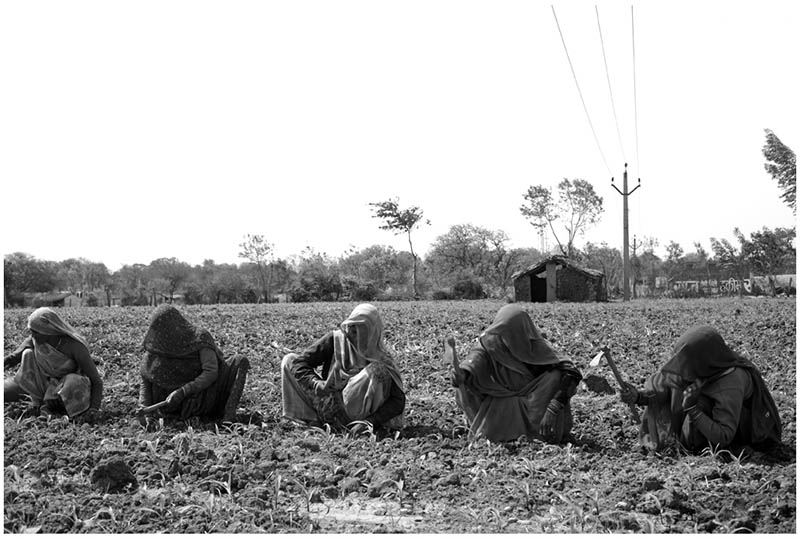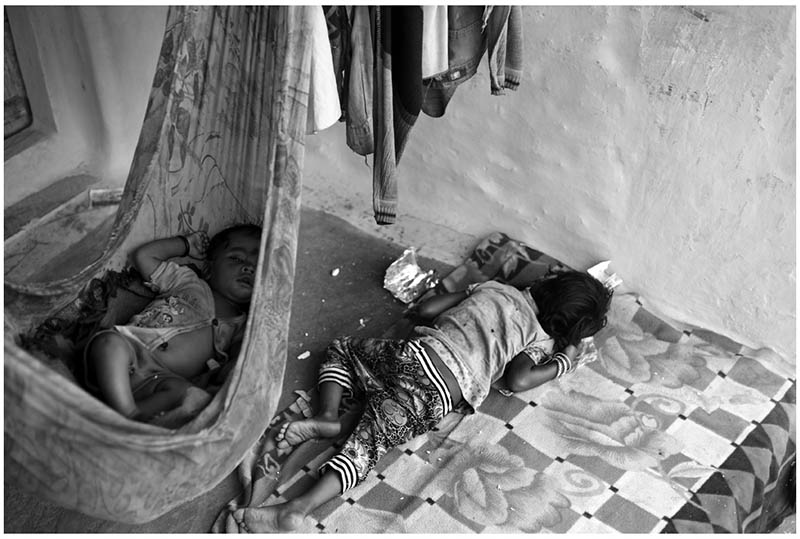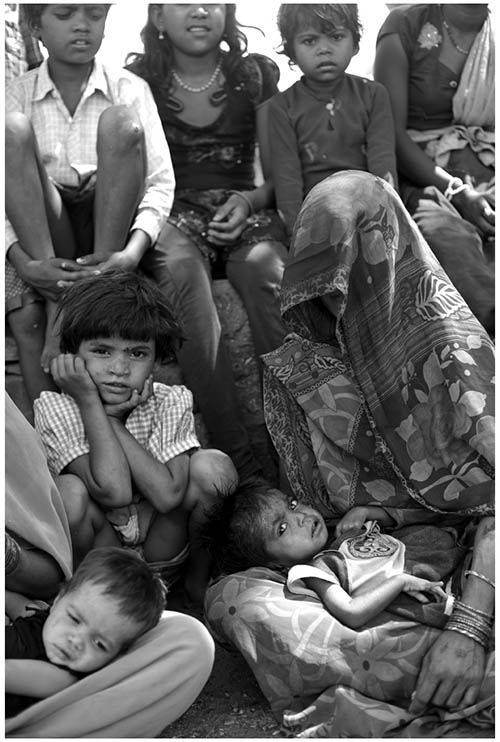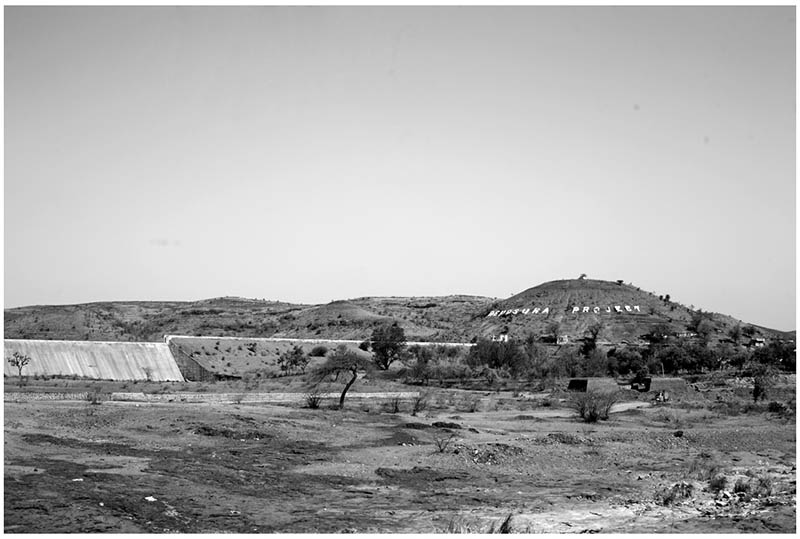El Niño Effect in India
The effects of El Niño hit India the hardest; heat waves and drought become a more common occurrence, leading to energy, food and water insecurity.
Half of India’s 1.3 billion population are employed in agriculture and at least 330 million people are affected by drought in India, the government told the Supreme Court of India.
Over a quarter of habitations in rural India don’t have enough drinking water according to the government of India.
India loses 2,035 farmers every day to other sectors, said a study by the Indian NGO Centre for the Study of Developing Societies, and about 76 percent are ready to quit agriculture for better jobs.
According to recent government data, about 52% of India’s agricultural households are indebted.
The suicide rate among Indian farmers was 47 percent higher than the national average, according to a 2011 census. Forty-one farmers commit suicide every day, leaving behind scores of orphans and widows.
Central Water Commission data shows that India’s major reservoirs are 79% empty, and 75% of India’s basins are holding less water than the 10-year average.
The government of India said that nearly 256 districts across India, home to nearly a quarter of the population were impacted by the drought.
In May 2016 I joined “JAL HAL YATRA” organized by civil society organizations and NGOs in India to document the effect of El Niño in different states: Maharashtra, Uttar Pradesh, and Telangana.
Note:
El Niño is the name given to periodic heating to the eastern tropical Pacific, which alters weather patterns globally. According to the World Meteorological Organization, the current El Niño is one of the strongest events recorded, which is pushing people already suffering from the effects of climate change deeper into poverty and making them more vulnerable.

